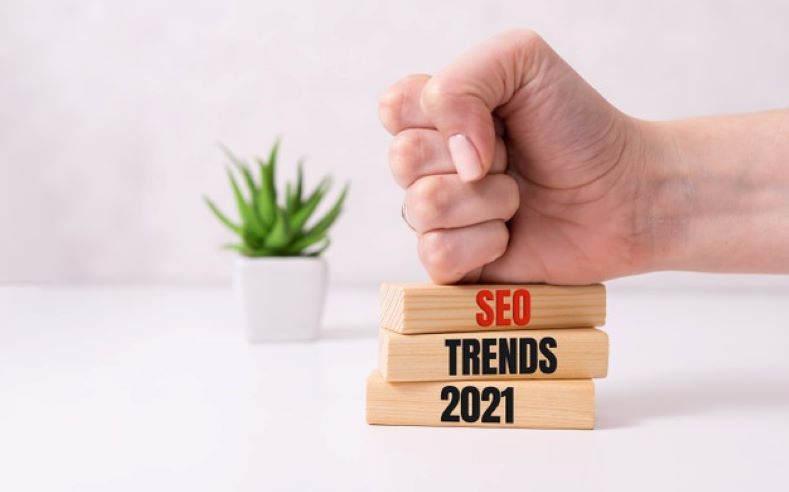
SEO Practical Tips
Taking care of the SEO of individual posts is not enough in the eyes of Google, apply the eight suggestions chosen for a better positioning on the pages of search engines. In this guide we will go to see the best SEO tactics, in particular I will give you 8 SEO tactics to improve your ranking on Google.
First you familiarized yourself with SEO Friendly technicality, then learned to properly implement every post you write, follow the guidelines respectful of today’s SEO dictates to the letter, in honor of Google’s benevolence you even sacrificed the style as you liked in the name of the technique as befits the best web writing.
You can focus on applying other SEO tactics that will make your blog leap in quality, get a higher score in the eyes of search engines, ahem crawlers to get a completely different ranking.
Years go by and some indications as well, but others remain and are more than current. In this guide we will see the best evergreen SEO tactics, with no deadline.
Some of these SEO techniques make the difference between an amateur blogger and a professional yet many professional bloggers still run into some oversights that suggest otherwise.
Start With a Strategic Title
Many readers stop at the title not to go even further, studies say and it is a hard truth.
Fortunately, people are more predictable than you might think, they act by patterns and have replicable behaviors just enough to be able to abandon the romance of the headlines in the wind to be replaced by a call to action stuffed with keywords where you want the article to rank in the SERPs.
The length limit to which you need to compress this technique is between 50-70 characters.
Perfect Meta Descriptions
With the meta description the limit goes up to 150 characters, the purpose of the meta is to further clarify what you said in the title.
If with the latter you have made a compromise between attracting people’s attention and the wise use of keywords to tell search engines where to best position the article, in the meta description you can offer greater clarity on the content by anticipating its development. Better if even in this case you write inviting action or hints at a resolution of a problem so that you can facilitate clicks.
A title is sufficiently predictive, the meta description, on the other hand, identifies the advantages that are obtained after reading the article, what help you receive, the problem to be solved, the core focus of the post becomes more explicit.
The best meta descriptions prevent the visitor from making wrong, uninterested clicks, so they waste time and get nervous by never returning to the blog again branded as unreliable.
Its ultimate function is therefore to clarify the content found once the article is opened, after clicking on the title, or on the ‘Read More’ button.
So they offer guarantees on the content, the “promise” that they must then fulfill, when the reading is finished is kept.

Image Tags
The images play a fundamental role in attracting visitors, users are captured by the graphics. The more useful and quality they are, the greater the chances of getting conversions, attention and backlinks.
But images also play an important role in positioning both on the Google search engine dedicated to images and to make it clear where it is best to place the text to which they are attributed. The ‘ alt text / tag ‘ attribute tells search engines what they can’t see because they don’t have eyes but they read.
TECHNICAL TIP: before saving an image on your hard disk or uploading it to the blog, always rename it with the right / relevant keywords, separated by dashes and explain in a maximum of 4/5 words the meaning they have.
Increase your Upload Speed
A site, blog that is slow to open discourages people to wait and does not turn them into visitors. A slow page runs serious risk of being closed. Google penalizes sites that are too slow to open with slow page load speeds.
If you want to test web pages you can use Google Page Speed a free tool that helps you find out the loading times, maybe you are not sure or you do not know them.
Problems can be code inherent, images that are too heavy, and all of this results in bad ranking opportunities for Google.
Use Clean Permalinks
The permalinks must always consist of the keywords for which you want to position the page in question.
Banned dates in URLs and article / page IDs!
Each keyword is divided by a hyphen and those composed of alphanumeric codes incomprehensible to anyone, including search engines, are absolutely banned.
Relevant Internal Links
Internal links represent the hypertext network through which search engines know and understand a blog best.
They must be relevant and start with a keyword that points to the exact matching content, otherwise they are not good.
Internal links increase the visitor’s stay time on the blog and the engagement on the contents, lead to explore and deepen further because they suggest other pages to visit.
Subtitles for a Good Structure
Within the text there can be six types of header tags (subtitles): H1, H2, H3, H4, H5 and H6.
H1 tags are meant for the page title, while H2-6 tags are for subtitles. We suggest using multiple tags to hierarchize the text, so that they are all related to each other and linked to the meaning of the content.
The H1 Tag must satisfy the searches that people make online, for this reason it is a good practice to choose the keywords according to what the customer is led to search for.
